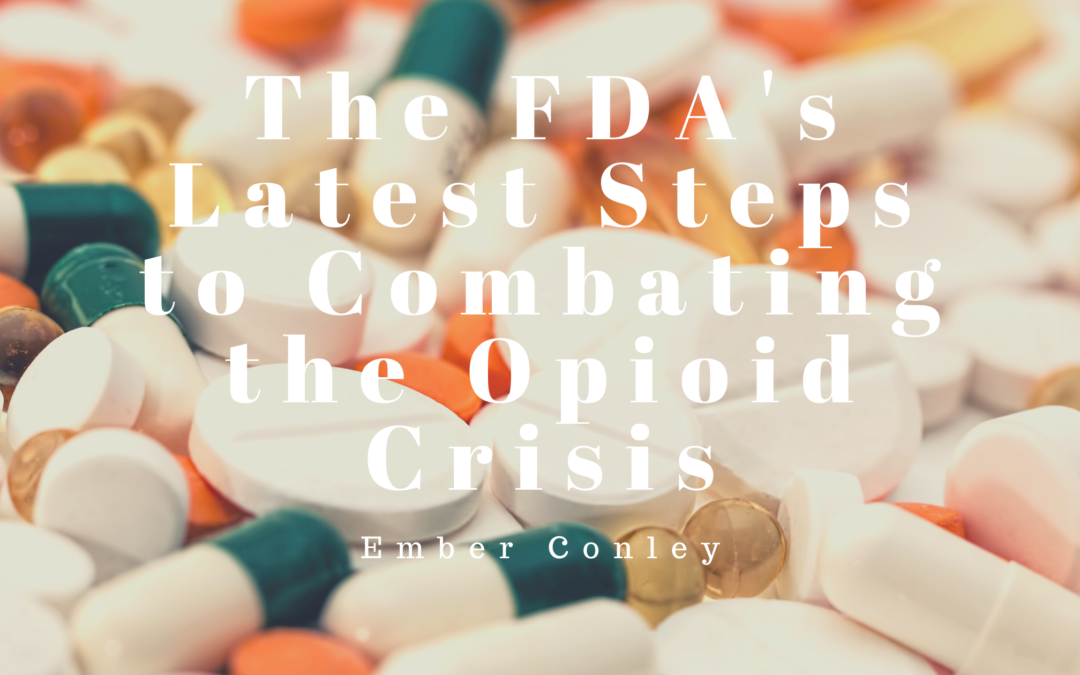While the pandemic continues, the opioid crisis has yet to stop. According to the FDA, processes are still underway to alleviate and prevent the harmful effects of opioid dependence.
Major Opioid Crisis Concerns
To target the widespread prescription and usage of opioid for pain relief, the FDA has made it a main priority. With the aim to systematically reduce opioid abuse and addiction, while providing patients with better alternatives, the FDA is trying to knock out four major concerns:
- Prevent further addiction
- Continued care for treating addicted individuals
- Maintain support for opioid-dependent patients
- Fund and support emerging pain treatments
Finally, the FDA is also steamrolling a campaign against illegal drug-related activities, to avoid further compilations outside prescribing and medication-dispensing.
FDA Strategies
Using a system called Risk Evaluation and Mitigation Strategies (REMS), the FDA plans to expand the diversity of opioid medications. The intended outcome is to focus on pain-relieving opioid-derived treatments with less risk.
For example, transmucosal immediate-release fentanyl (TIRF) is one such substance. So far, TIRF has shown positive effects – but only in cancer patients already tolerant to opioids. TIRF would not be appropriate for patients who have never tried opioid treatments. FDA’s current focus is developing REMS further for TIRF. If its potential is significant, fentanyl can likely replace opioids as a primary pain-relieving medication.
New Regulations
Finally, the FDA is addressing common conventions in how opioids are prescribed. The REMS plan now includes regulations for more conservative prescribing methods, better documentation, and routine monitoring of treatment results. Pharmacies must also adhere to new principles.
For example, it’s now necessary for pharmacies to ensure a patient’s opioid tolerance level is sufficient before providing the prescription. This is especially critical regarding patients on whom TIRF has been administered during hospitalization. Improper documentation could lead to unwanted side effects for patients with little to no tolerance.
With many scientists, medical practitioners, and stakeholders working in congruence to evaluate better REMS, the fight against the opioid crisis has no end in sight. During a recent forum, discussions were raised concerning the importance of educating providers, prescribers, and patients. The clear solution to alleviating further opioid-related issues is by addressing all three parties. With a better examination of REMS results, improved strategies can arise.
